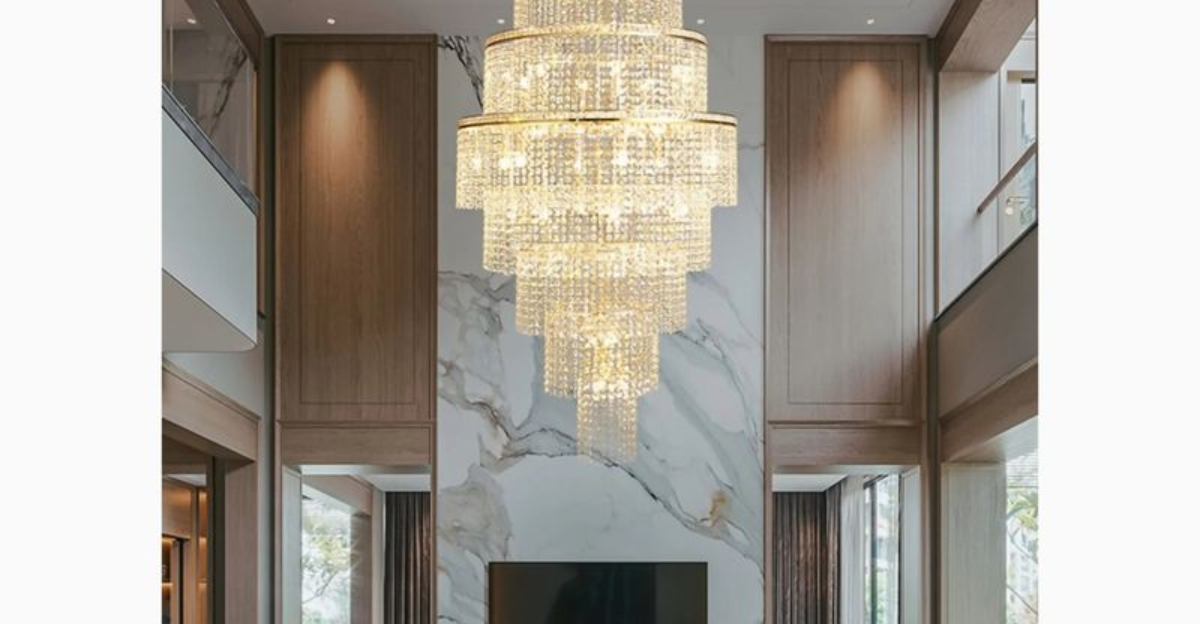Ever walked into someone’s home and instantly felt like you’re either in a luxury showroom or a discount store clearance section? The difference often comes down to subtle decor choices we make without realizing their impact.
Whether you’re decorating on a budget or splurging on your dream space, knowing which mistakes to avoid can transform your home’s entire vibe.
1. Oversized Statement Pieces
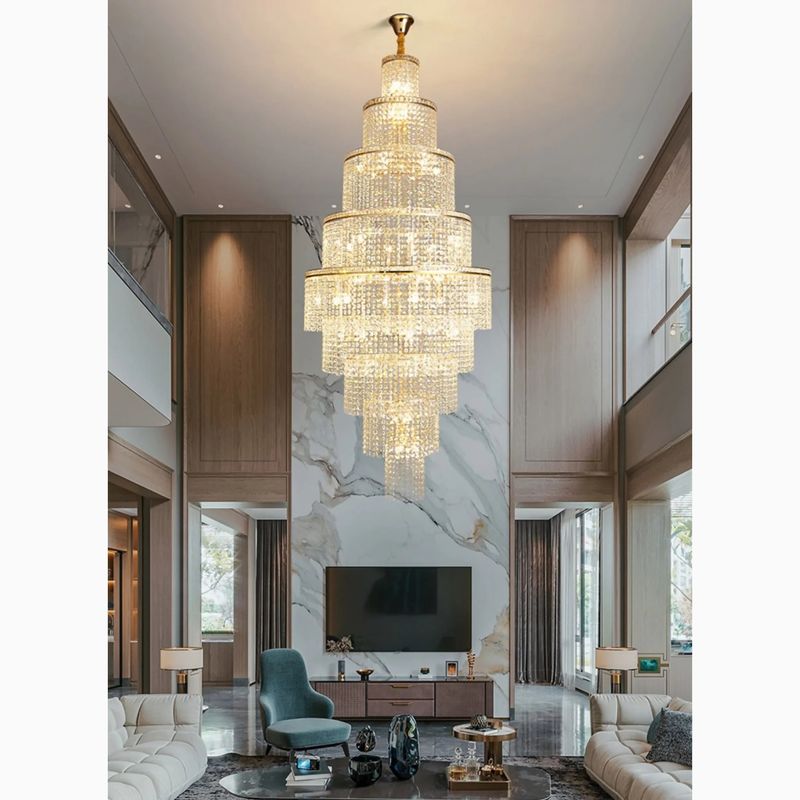
Nothing whispers ‘I have money to burn’ quite like a massive chandelier or an oversized art piece dominating a room. When proportions are deliberately exaggerated, it creates a focal point that screams luxury.
Wealthy homeowners understand that bigger doesn’t always mean better, but strategically placed large items signal that space constraints weren’t a concern during decorating.
2. Custom Window Treatments
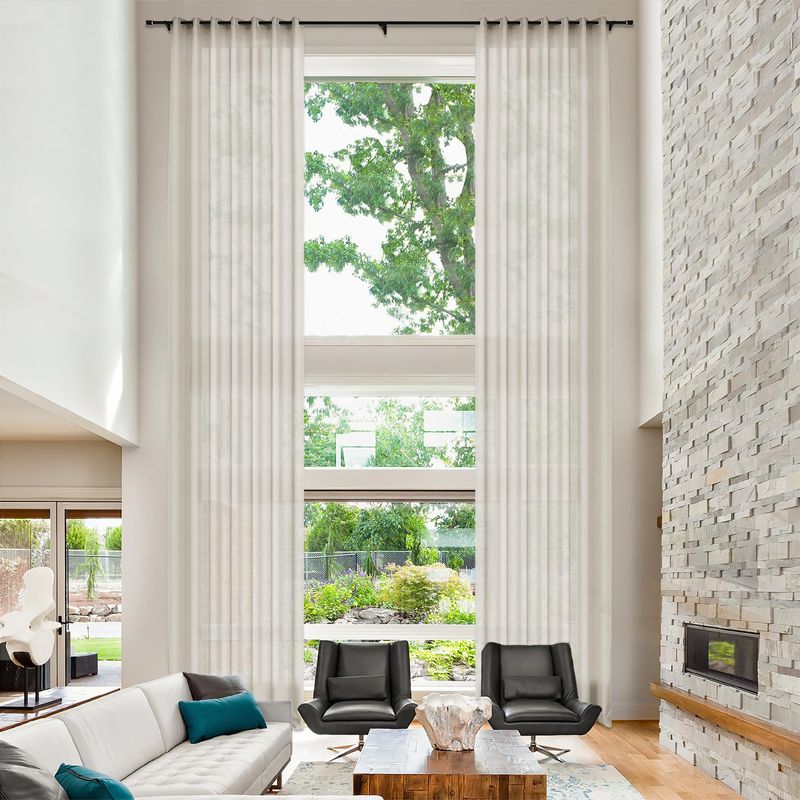
Forget those standard-size blinds from big box stores! Custom drapery that perfectly fits your windows broadcasts ‘custom-made for this space’ energy that budget decorators simply can’t match.
The perfectly pooled fabric touching the floor with precision speaks volumes. When curtains are tailored specifically to your window dimensions, visitors subconsciously register the attention to detail that only comes with a healthy decorating budget.
3. Matching Furniture Sets
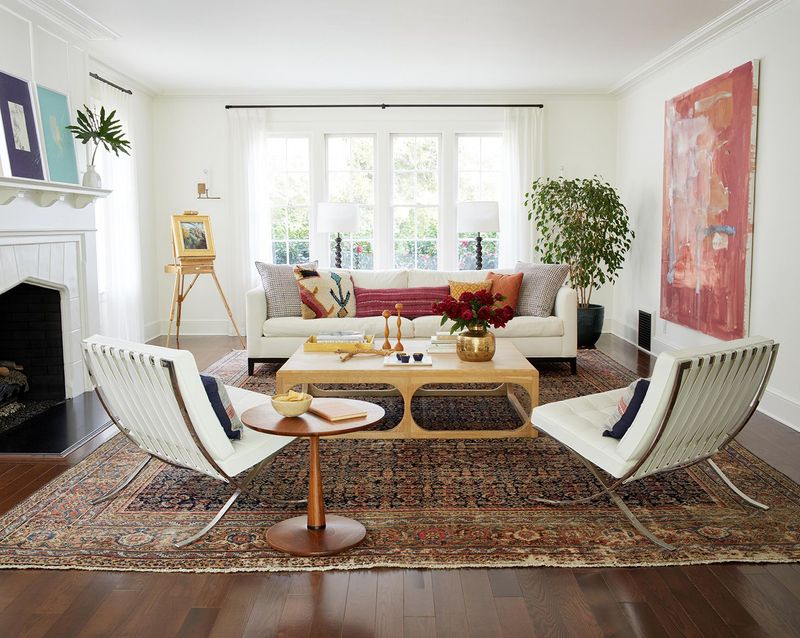
Walking into a living room where every piece clearly came from the same collection screams ‘I furnished this room in one shopping trip.’ Wealthy homeowners typically avoid this cookie-cutter approach.
Luxury spaces feature curated pieces collected over time that complement rather than match exactly. The richest-looking homes tell a story through deliberately mismatched furniture that somehow works perfectly together, suggesting thoughtful curation rather than convenience.
4. Gallery Walls Done Right
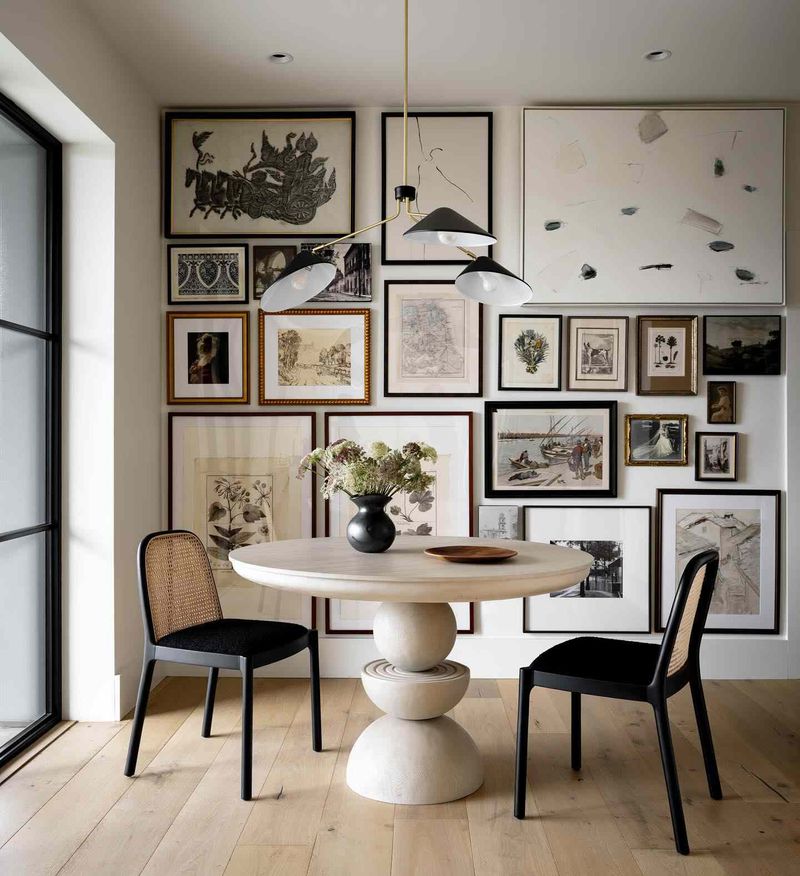
A carefully curated gallery wall with proper spacing and professional framing whispers old money faster than almost any other decor choice. The key lies in the details—consistent frames or a cohesive color story across varied artwork.
Luxury homes display collections that appear assembled over generations, not ordered online last Tuesday. When each piece has breathing room and professional-level hanging, the entire wall becomes a statement of sophisticated taste.
5. Visible Electrical Cords
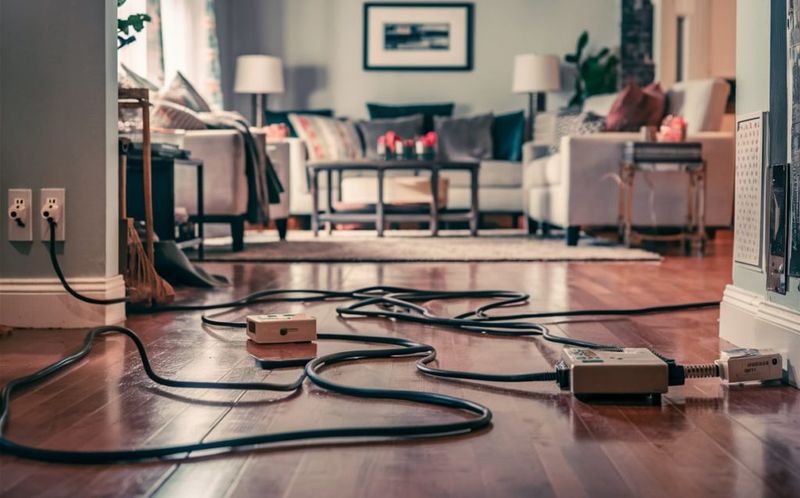
Spot a tangle of cords behind the TV stand? You’ve just identified a dead giveaway of hasty decorating.
From custom cabinetry with built-in cord management to walls with concealed outlets, attention to these seemingly minor details separates polished spaces from amateur attempts. Even the most expensive electronics lose their appeal when surrounded by a spaghetti junction of wires.
6. Layered Lighting Schemes
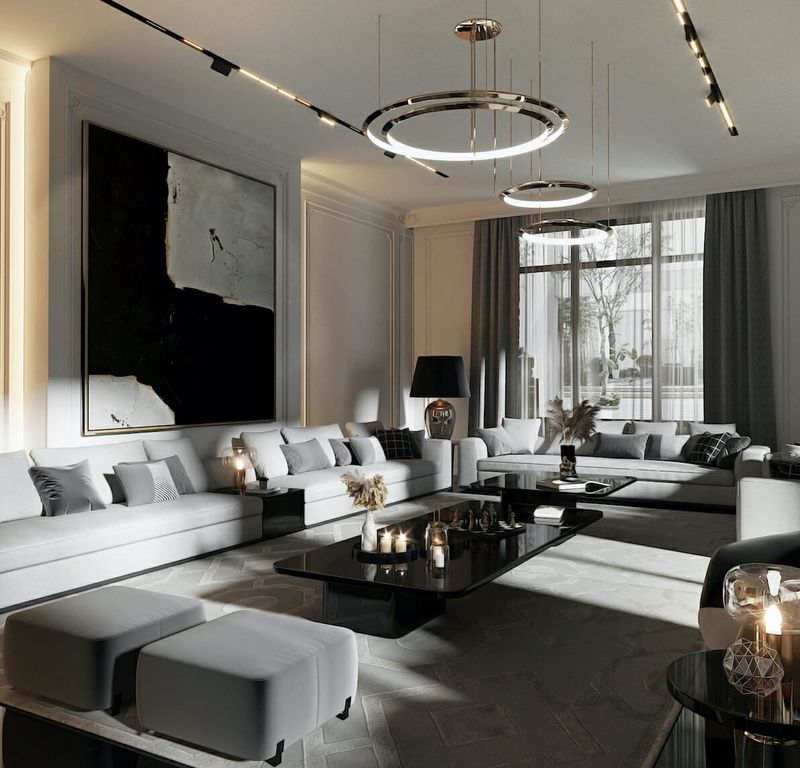
Flipping a single switch to illuminate an entire room? That’s a budget approach. Sophisticated spaces utilize layered lighting—ambient, task, and accent—creating depth and atmosphere impossible with a lone ceiling fixture.
High-end homes feature thoughtfully placed floor lamps, table lamps, wall sconces, and under-cabinet lighting working in harmony. This multi-dimensional approach allows the homeowner to transform the mood with the touch of a dimmer switch.
7. Floating Rugs
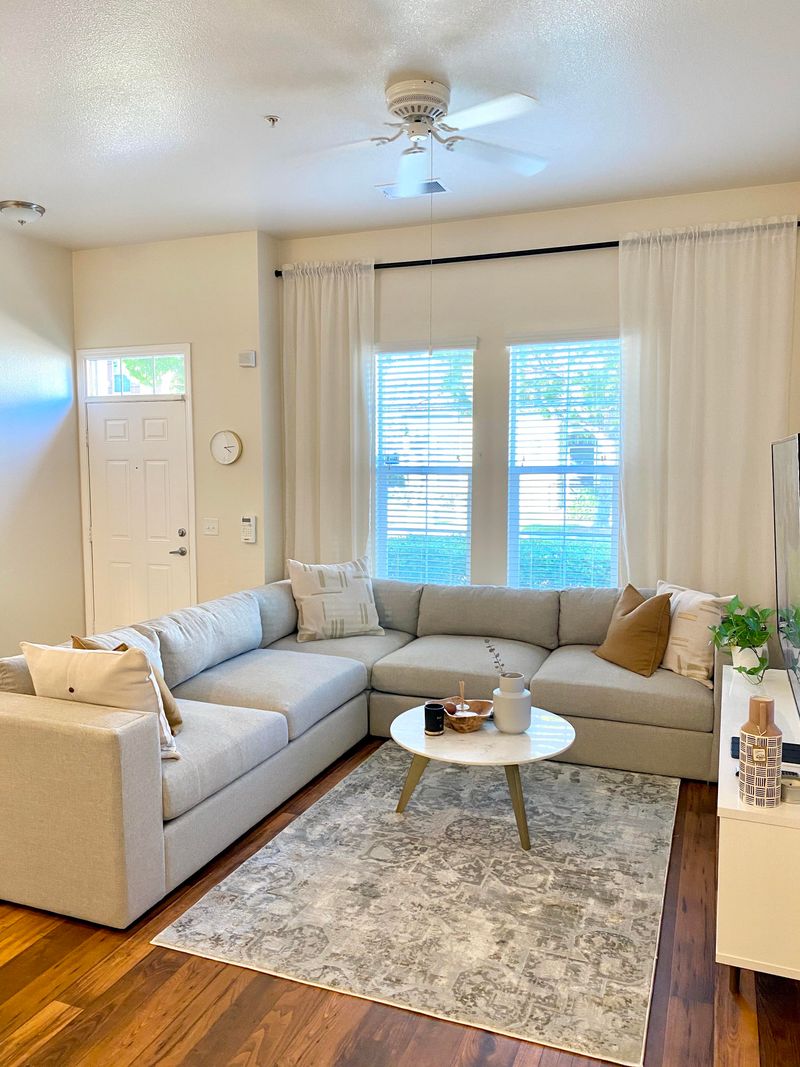
Ever seen a tiny area rug seemingly lost in the middle of a room? This decorating faux pas instantly broadcasts budget constraints. Properly sized rugs should anchor furniture groupings with all pieces either fully or partially sitting on the textile.
When a rug appears to be floating without purpose or proportion, it creates visual disconnect. Homes breathing luxury invest in appropriately scaled floor coverings that define spaces while maintaining visual flow throughout the room.
8. Art Hung Too High
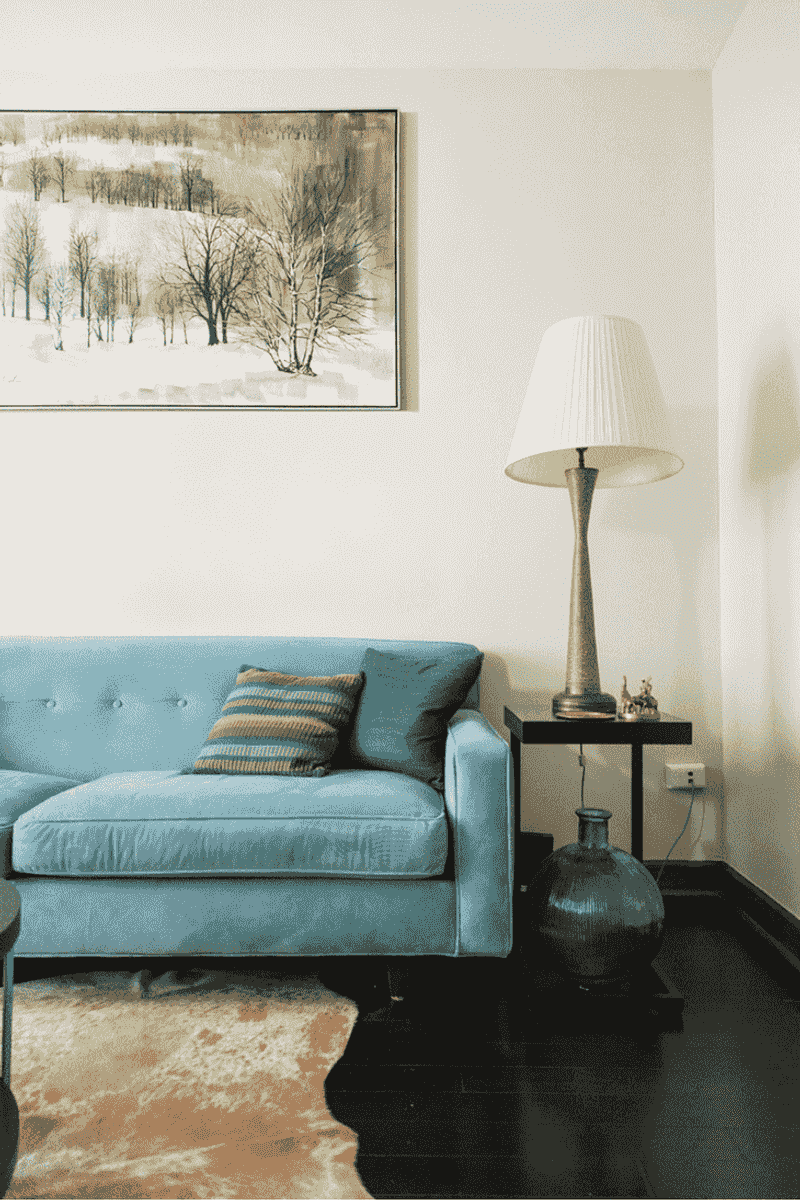
Wandering through upscale homes, you’ll notice artwork is typically positioned at eye level, creating an intimate viewing experience. When paintings hover near the ceiling, it’s often a sign of amateur decorating.
Design professionals follow the 57-60 inch rule, hanging art with its center at average eye height. This seemingly small detail makes spaces feel intentionally designed rather than haphazardly decorated, instantly elevating the perceived value of both the art and the room.
9. Authentic Materials
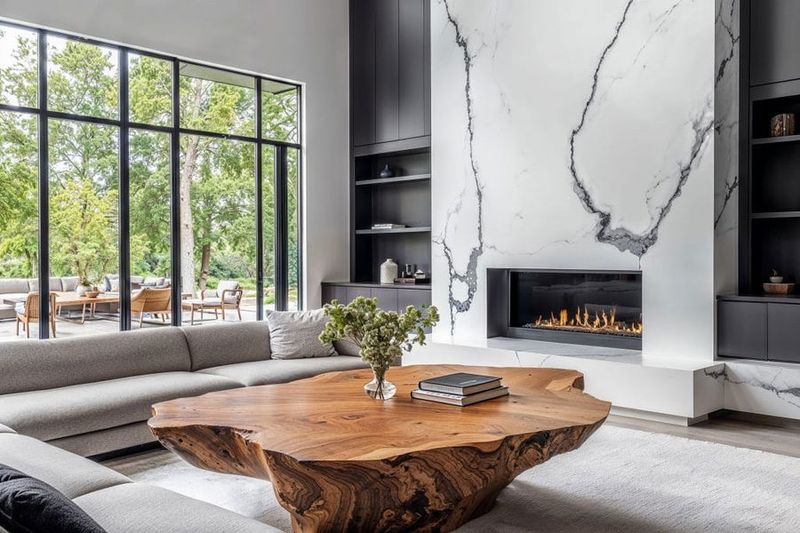
Running your hand across genuine marble, solid wood, or real leather broadcasts luxury in ways that laminates and vinyl simply cannot match. The tactile experience of authentic materials creates an unspoken quality statement.
While convincing faux options exist, discerning eyes (and fingers) can detect the difference. Wealthy homes prioritize fewer pieces made from genuine materials over numerous items constructed from synthetic alternatives, understanding that authenticity carries its own quiet prestige.
10. Ceiling Treatments
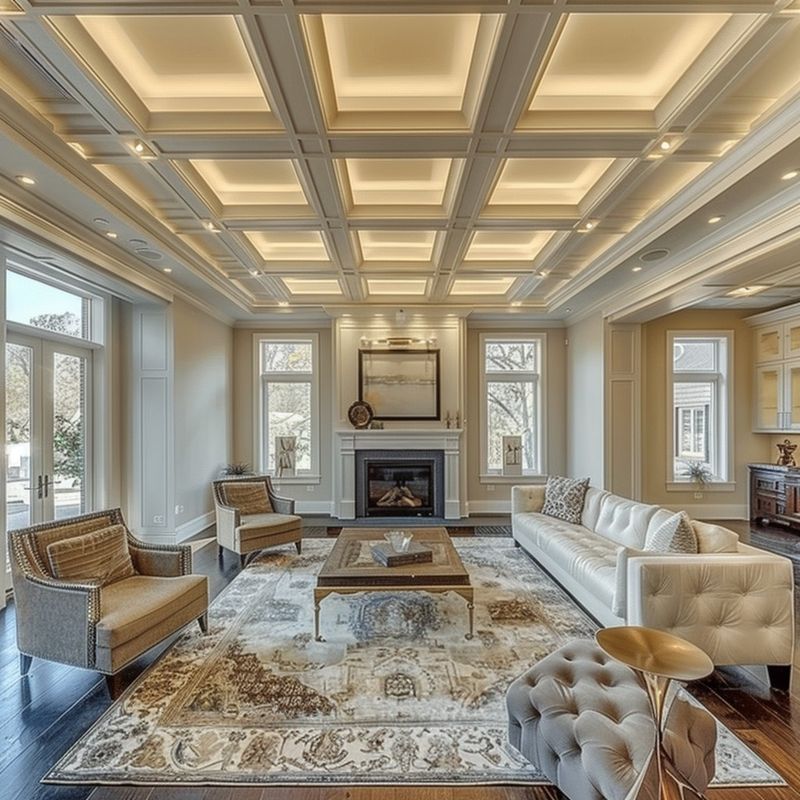
Look up in an expensive home and you’ll rarely see a plain white ceiling. From subtle architectural details to bold statement colors, treating the ceiling as the fifth wall signals design confidence that budget decorators often lack.
Coffered ceilings, decorative moldings, or even just paint a shade lighter than the walls demonstrates attention to often-neglected space. This unexpected detail work creates vertical interest that makes rooms feel taller, wider, and undeniably more luxurious.
11. Plastic Plants
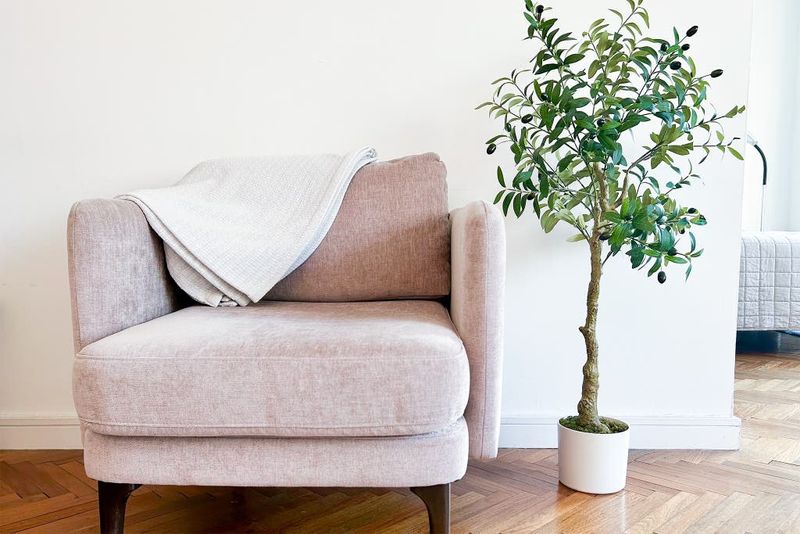
While faux greenery has improved dramatically, those dusty plastic plants from discount stores remain instant luxury-killers. High-end homes feature either live plants or extremely high-quality artificial options that require close inspection to identify.
Quality matters tremendously here—cheap silk arrangements in dated containers broadcast budget constraints louder than almost any other decor choice. If maintenance concerns prevent real plants, investing in premium artificial options remains the only luxury-preserving alternative.
12. Thoughtful Negative Space
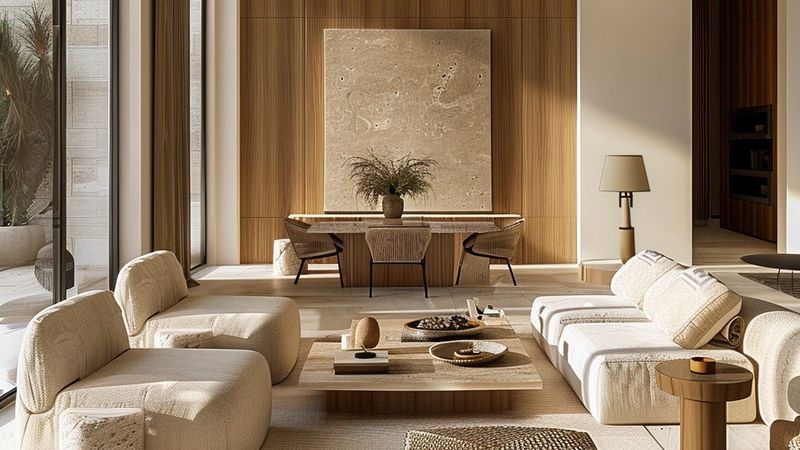
Luxury whispers most convincingly through what isn’t there. Expensive homes embrace negative space, allowing select pieces room to breathe rather than filling every surface with decorative clutter.
This deliberate restraint signals confidence—the homeowner doesn’t feel compelled to display everything at once. When shelves contain carefully curated items with breathing room between them, the entire space conveys intentionality that mass-market decorating typically lacks.
13. Mismatched Metals
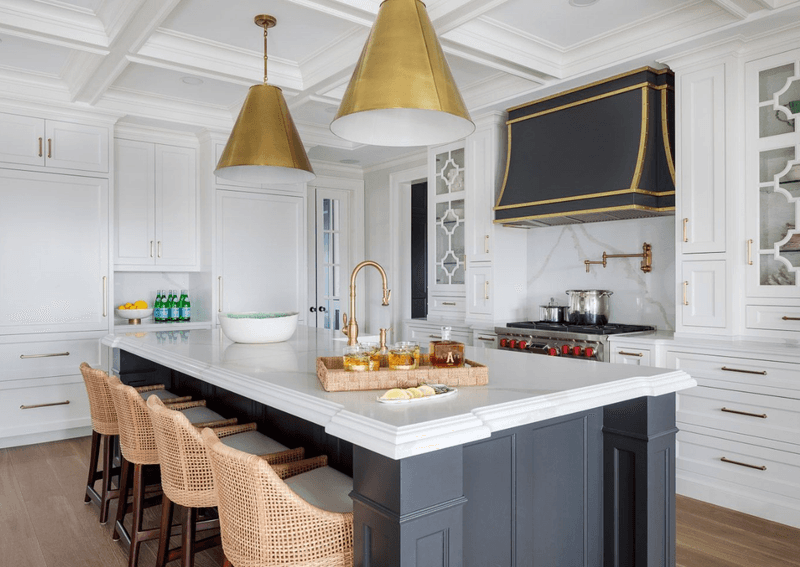
Contrary to popular belief, keeping all hardware finishes identical throughout your home screams ‘everything purchased at once.’ Sophisticated spaces confidently mix complementary metals—perhaps matte black faucets with brass cabinet pulls.
The trick lies in deliberate coordination rather than accidental clashing. When metal finishes appear thoughtfully varied rather than haphazardly assembled, visitors sense the confidence of intentional design choices that transcend trend-following formulas.
14. Outdated Light Fixtures
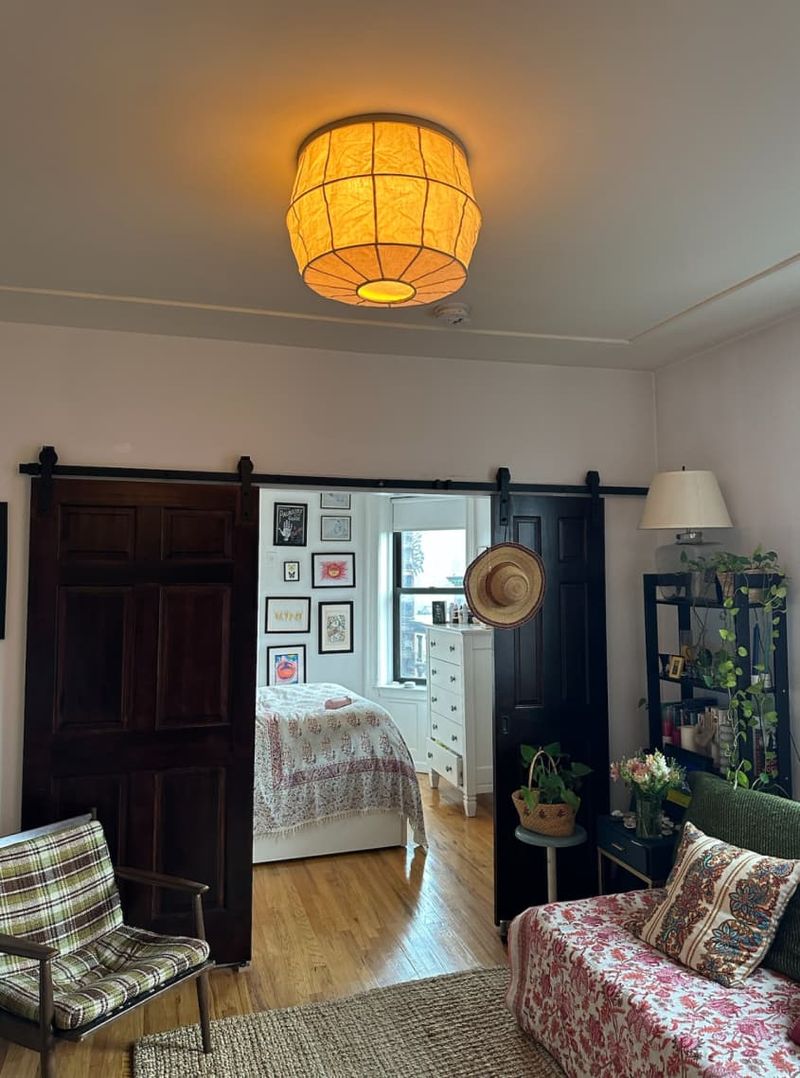
You’ve seen them—those builder-grade flush-mount lights affectionately called ‘boob lights’ by designers. Nothing dates a space faster than lighting fixtures from decades past.
Even when renovating on a budget, replacing dated fixtures with contemporary designs offers tremendous bang-for-buck in creating an upscale impression. This relatively small investment yields outsized returns in perceived home value.
15. Personalized Details
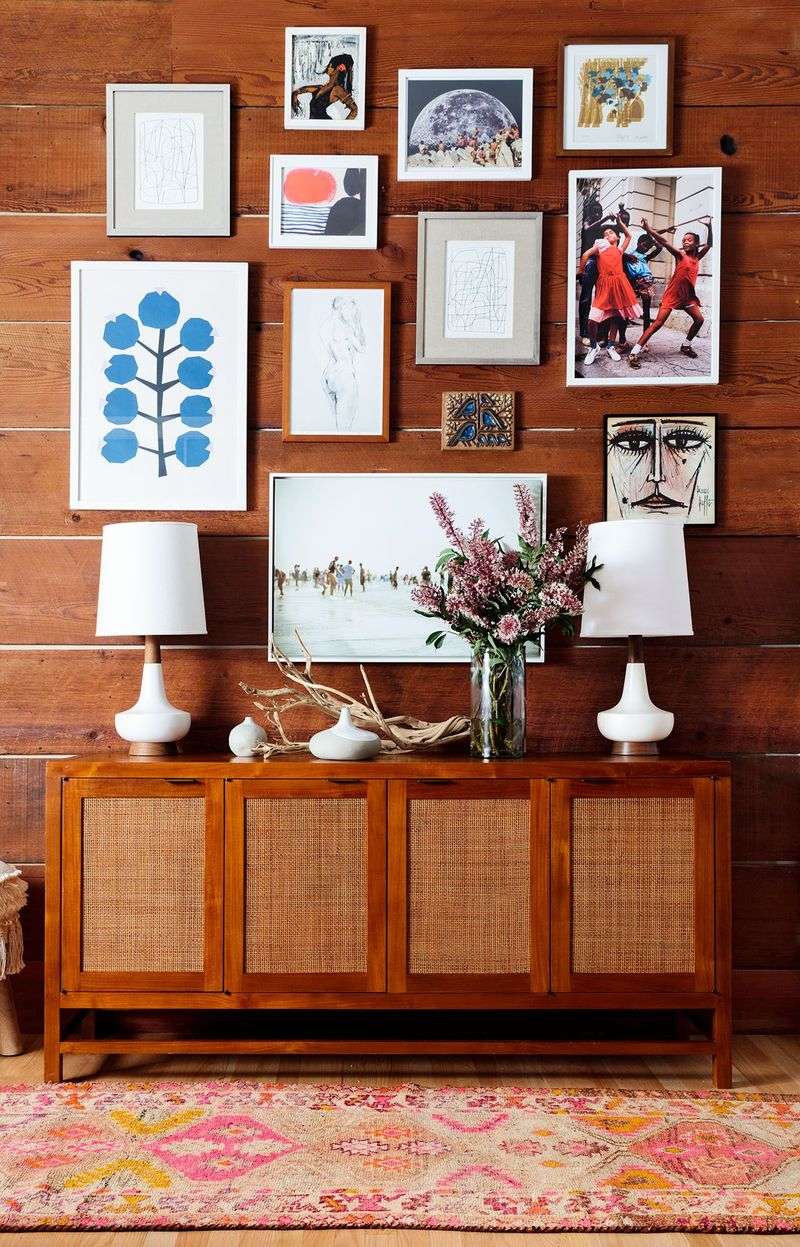
Mass-produced wall art proclaiming ‘Live, Laugh, Love’ has become the unofficial emblem of uninspired decorating. Wealthy spaces instead feature personal touches with actual meaning—family photos in custom frames or artwork with personal significance.
The difference lies in authenticity versus generic sentiment. When decor tells your specific story rather than broadcasting vague platitudes available at every home store, visitors sense the genuine connection between space and inhabitant that mass production cannot replicate.
16. Properly Sized Artwork
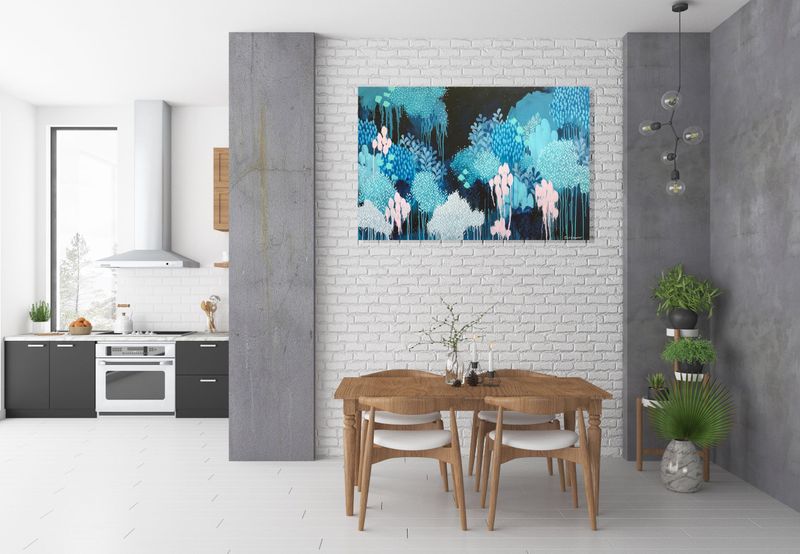
Attempting to fill a large wall with tiny artwork creates an immediate visual disconnect that screams budget constraints. Expensive homes feature appropriately scaled pieces that command their allocated space.
When artwork appears proportionally matched to its surrounding area, the entire room feels balanced. This doesn’t necessarily mean enormous paintings everywhere—thoughtfully arranged collections work beautifully. The key lies in avoiding that lonely, postage-stamp-on-a-billboard effect that diminishes both the art and the room.
17. Visible Labels and Tags
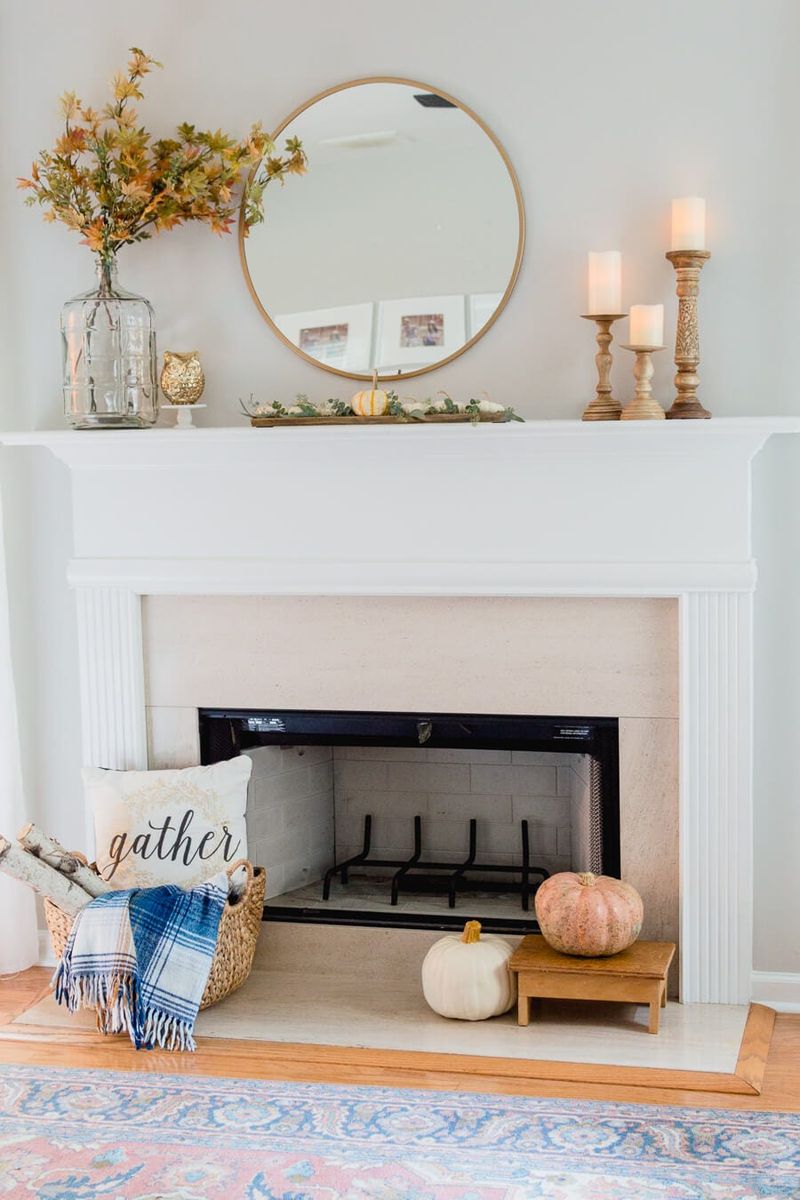
Spotted a throw pillow with its plastic tag still attached? That’s the equivalent of wearing clothes with price tags dangling. Luxury spaces are meticulously edited to remove manufacturing evidence.
From candles with brand stickers still affixed to furniture with visible tags, these overlooked details broadcast hasty decorating. True sophistication lies in the invisible work—removing labels, properly pressing textiles, and ensuring each item appears as though it’s always belonged exactly where it sits.
18. Bathroom Toiletries on Display
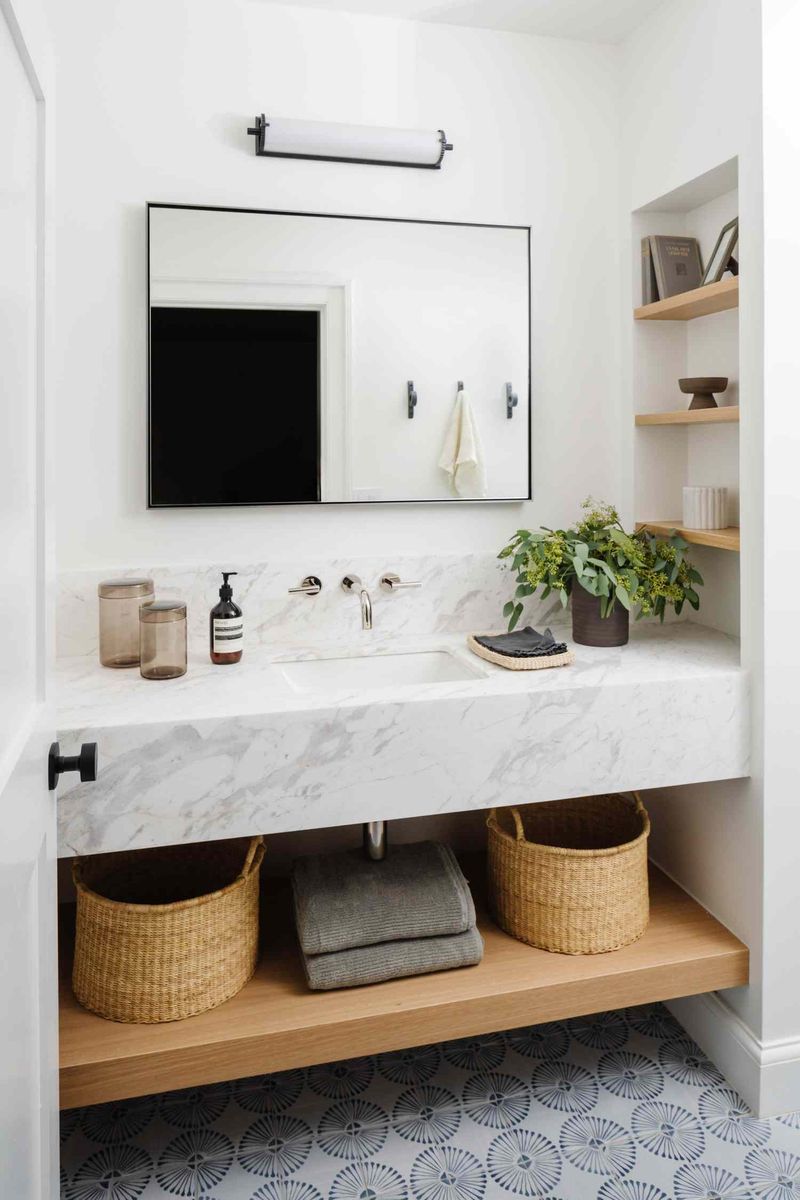
Stepping into a bathroom where everyday products crowd every surface instantly shatters any luxury illusion. High-end spaces keep personal care items concealed, revealing only deliberately chosen decorative elements.
This doesn’t require extensive renovations—simple baskets or decorative boxes can corral necessities. When countertops remain clear except for perhaps a quality hand soap and carefully selected décor piece, the entire room maintains its designed intention rather than defaulting to functional storage.
19. Over-Themed Rooms
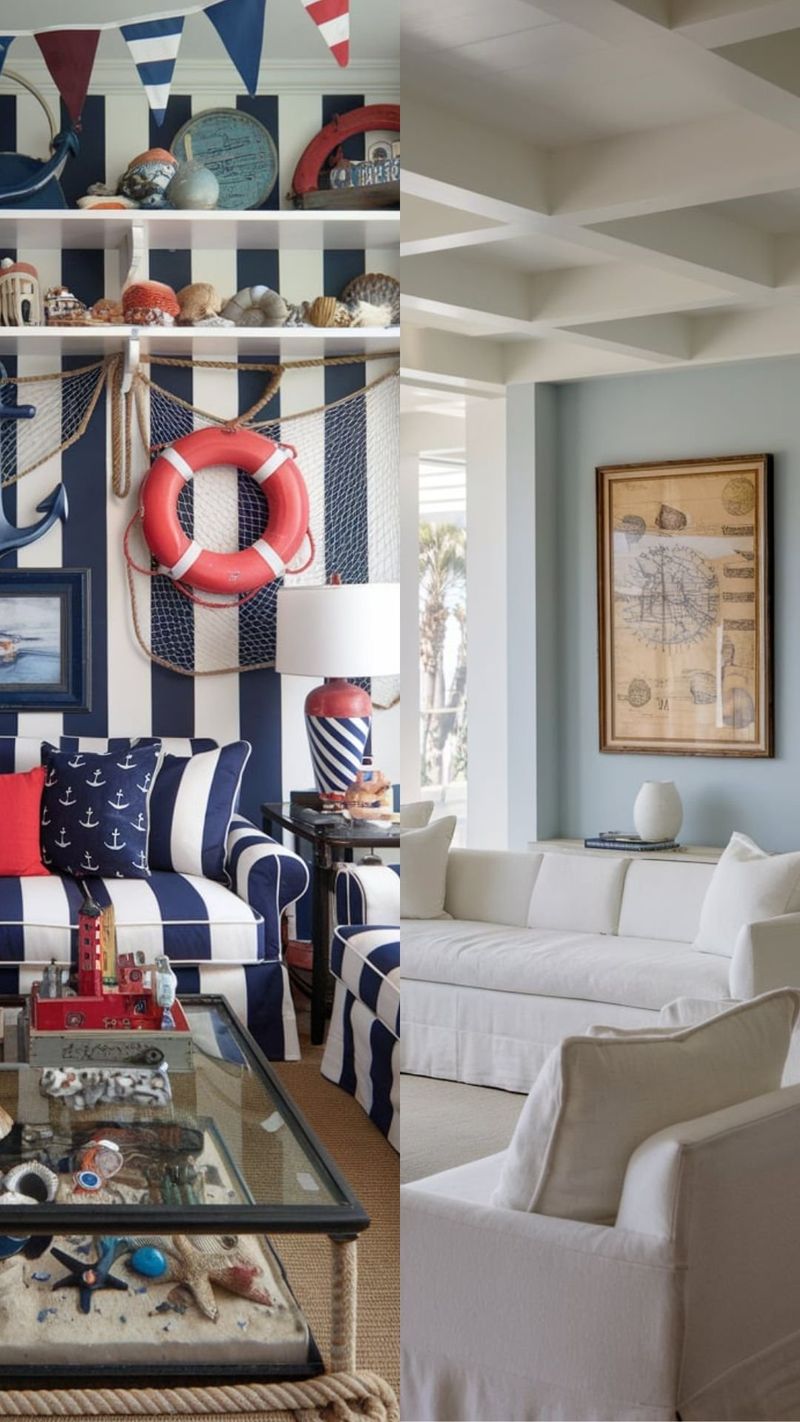
A beach-themed guest room where every single item references the ocean crosses from cohesive to cartoonish. Sophisticated spaces incorporate themes with subtle restraint—perhaps a coastal color palette with just one or two explicit ocean references.
The difference lies in suggestion versus saturation. When a theme feels like a gentle inspiration rather than a heavy-handed concept, the space maintains its elegance. This subtle approach creates depth that on-the-nose decorating simply cannot achieve.
20. Exposed TV as Focal Point
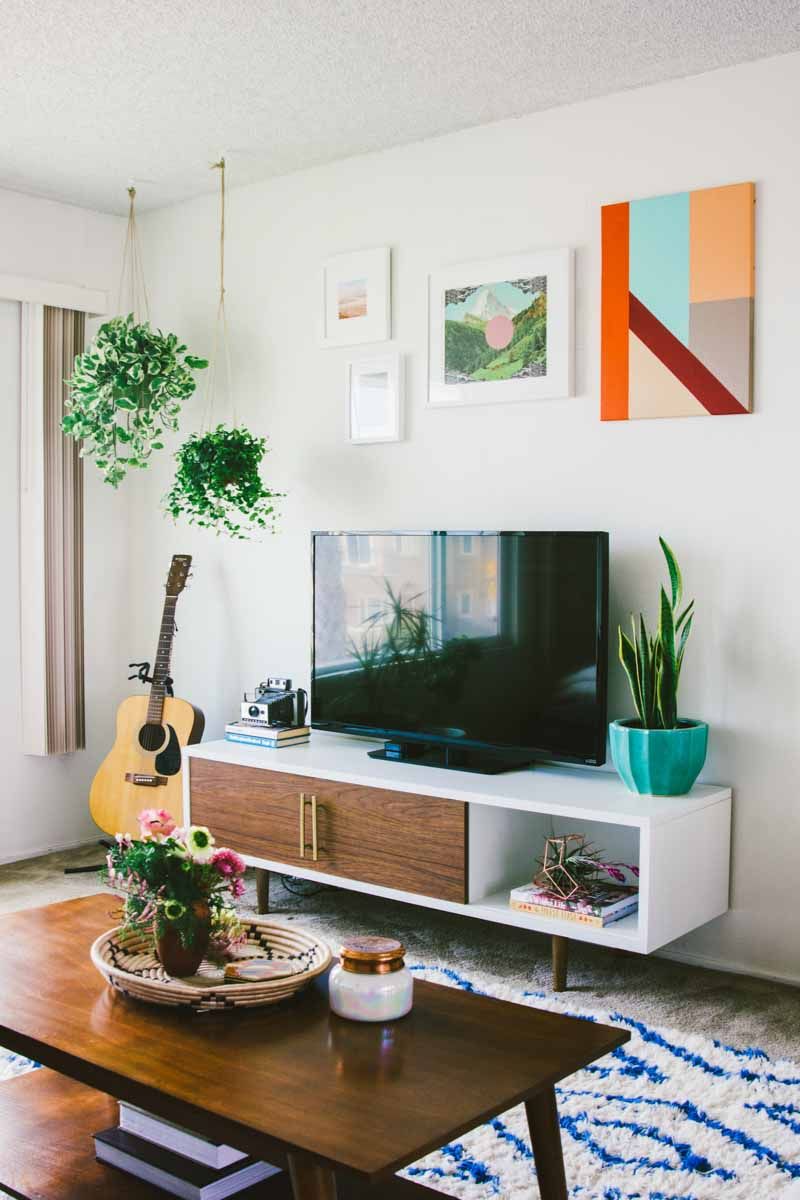
When the television dominates your living space like a shrine, designers instantly recognize budget-focused decorating.
This doesn’t mean wealthy people don’t watch television—they simply understand that technology needn’t be the room’s visual centerpiece. When the black screen doesn’t command attention the moment someone enters, the space maintains its designed intention rather than defaulting to entertainment center.

